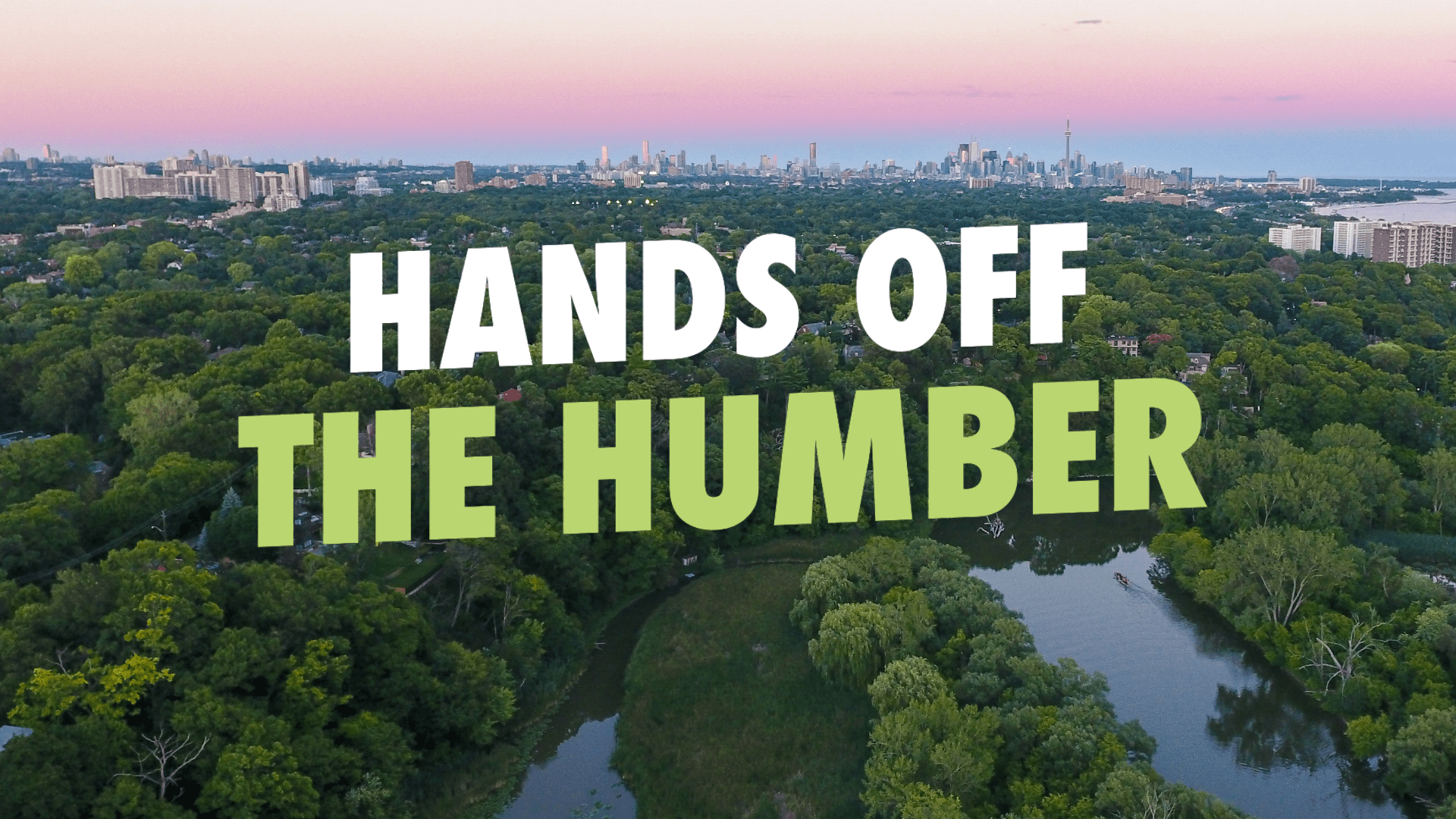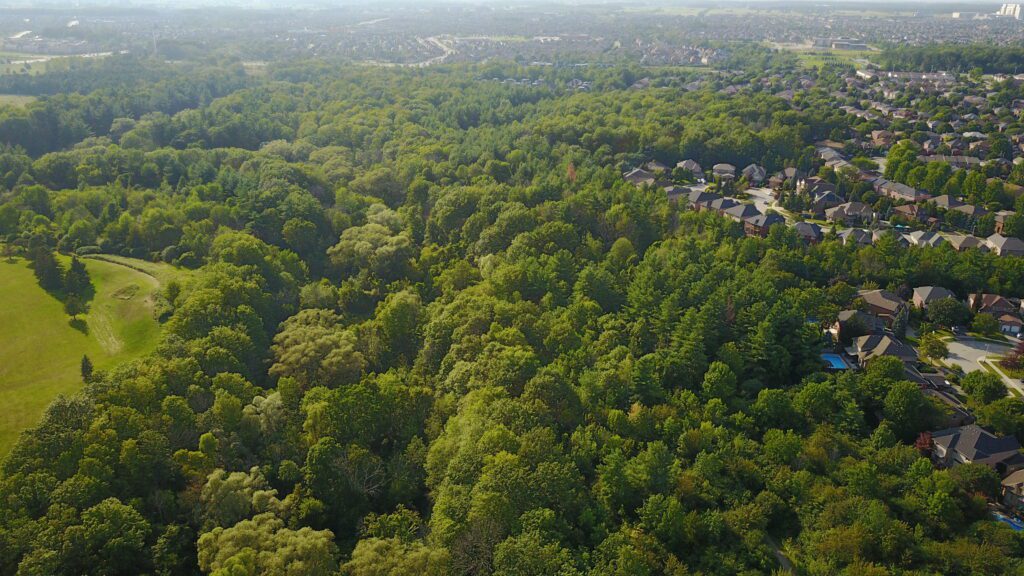The Greater Toronto Area is hot and noisy and busy in the summer, but people in Vaughan and the west-end of Toronto can retreat to the forested banks of the Humber River for peace and quiet. In such a densely populated area, the Humber is an unlikely ribbon of natural beauty.
And, against all odds, salmon still travel up the Humber each fall to spawn.
A healthy watershed is vital
Having a watershed, alive with hundreds of different types of plants and animals, right inside the city is an extraordinary resource and it is worth protecting.

The headwaters of the Humber River stretch up into Brampton, Caledon and Richmond Hill. A river is fed by its headwaters, which is made up of streams and waterways that branch out from the main trunk of the river the more upstream it goes. You can think of the headwaters of a river like the roots of a tree – and damaging them will make it difficult for the river to stay healthy.
Highway 413 will pave right through these sensitive headwaters
When I began looking into the impacts the proposed Highway 413 could have on local watersheds, I made some devastating discoveries. As an urban river surrounded by development, the Humber is already burdened with excessive salt and run-off from paved areas. Fortunately, the water from the river’s headwaters, where land is less developed, helps to keep it healthy. But, if Highway 413 is built, it puts those cool, clean headwaters at risk of contamination. Preserving that land is essential for the health of the Humber River.

That’s why we launched our Hands off the Humber campaign as a way of fighting back. It’s a local movement to enjoy and protect the Humber River and the wildlife that depends on the river.
How can you get involved?
- Get out on river with our summer guide
- Tell your friends and family
- Send a letter to your local MP
Let’s protect the Humber!









